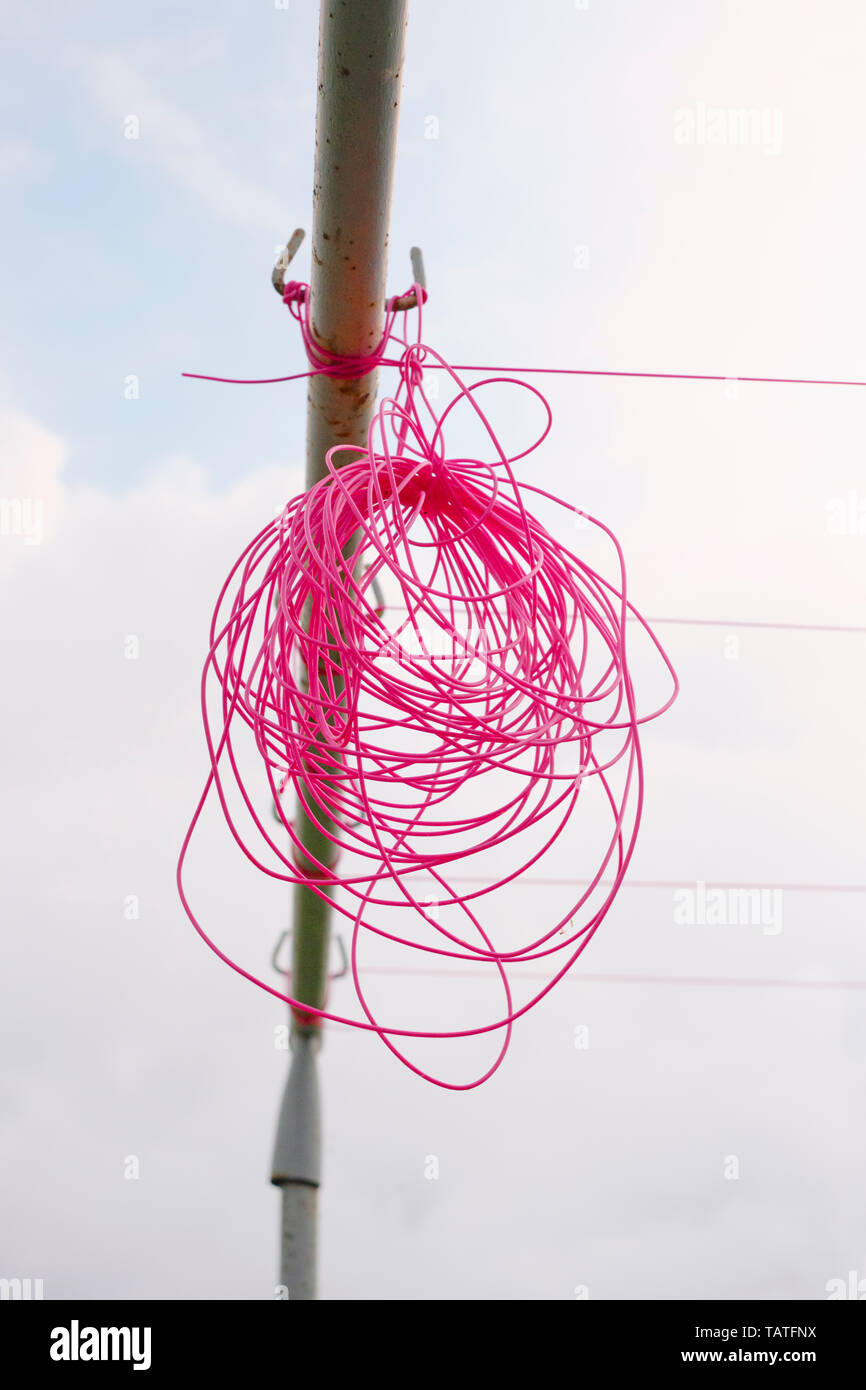
While Dylan is known to endlessly and brutally edit his lyrics until the very last minute in the studio, and the epic “Idiot Wind” transformed in the course of the “Blood on the Tracks” sessions, “Tangled Up in Blue” is the one song in Dylan’s vast catalogue that he has never seemed to be finished with.

“He put my mind and my hand and my eye together, in a way that allowed me to do consciously what I unconsciously felt,” Dylan told Rolling Stone in 1978, of Raeben’s influence on his songwriting approach. By all accounts, Raeben was a taskmaster, but he imparted in his students a sense both that life itself was the art, with their creations being merely the by-product of that experience, and, significantly for Dylan, that past, present, and future could all coexist in their work. While he was writing the songs for “Blood on the Tracks,” Dylan had taken up painting classes with the New York artist Norman Raeben. But here he really gets down to the personal, even if it isn’t completely direct.”

Of course, many great songs had come before, like ‘Desolation Row’ and so many others, but he was showing off his way with words and painting a picture of another world, not necessarily telling a whole lot about himself. “It’s raw and heartfelt, with less posing than he’d done on some of his earlier songs. “There’s a lot of honesty there,” Jeff Burger, the author of “ Dylan on Dylan,” said. It’s the earliest version we have of the now-familiar tale-of the star-crossed couple and their travels and travails, that jumps from the first to third person and back again-and while Dylan doesn’t necessarily sound tentative, the way he often did on “ The Cutting Edge: 1965-1966,” the “Bootleg Series” entry that chronicled his “thin wild mercury music” years, he does seem more vulnerable than he ever had before, or ever would be again.

There’s a plaintiveness in that very first version of “Tangled Up in Blue” that’s unusual. Most interesting, while Dylan gamely puts the band through their paces on the seemingly easy blues of “Call Letter Blues” and “Meet Me in the Morning” (after attempts at “Simple Twist of Fate” failed miserably), he never lets them near what he surely senses must be his latest masterpiece: “Tangled Up in Blue.” And so, on the afternoon of September 17th, Dylan steps up to the microphone and delivers a hushed, intense, and powerfully intimate version of that song, accompanied only by Brown on bass. But it’s clear as you listen that instead of things getting better as the sessions progressed, with the musicians finding their groove with Dylan, the atmosphere in the room degenerated. Dylan would record another fifteen that day-including five takes of “Idiot Wind,” alone again, save for the bassist Tony Brown-for a total of thirty-six, an epic amount by any standard. In the era of Neil Young and Joni Mitchell and so many others unjustly or unfortunately dubbed “the New Dylan,” and after a clutch of albums that fans had found less than satisfying, Dylan was throwing down the gauntlet, showing himself once again to be the master singer-songwriter and performer.īy the time the musicians who’d been hired to back Dylan arrived that afternoon, he had already cut eleven songs. Contrary to most accounts, Dylan was supremely prepared, and immediately went about delivering aching versions of some of the best-and most intimate-songs that he had ever written. What I quickly realized turned the legend upside down: Dylan entered the studio early on the sixteenth, long before any of the session musicians had arrived, intent on cutting an acoustic album-a sort of “Freewheelin’ Bob Dylan” for the mid-seventies. I listened while perusing Dylan’s fabled “red notebook,” in which he’d written the lyrics to the ten songs on “Blood on the Tracks” in his tiny, precise scrawl. Photograph by Rick Diamond / WireImage / GettyĪs the author of the liner notes for “ More Blood, More Tracks,” the latest entry in Dylan’s “Bootleg Series,” I was one of the first people to hear the raw session tapes in chronological order.

With “Blood on the Tracks,” Bob Dylan was throwing down the gauntlet, showing himself once again to be a master singer-songwriter.


 0 kommentar(er)
0 kommentar(er)
